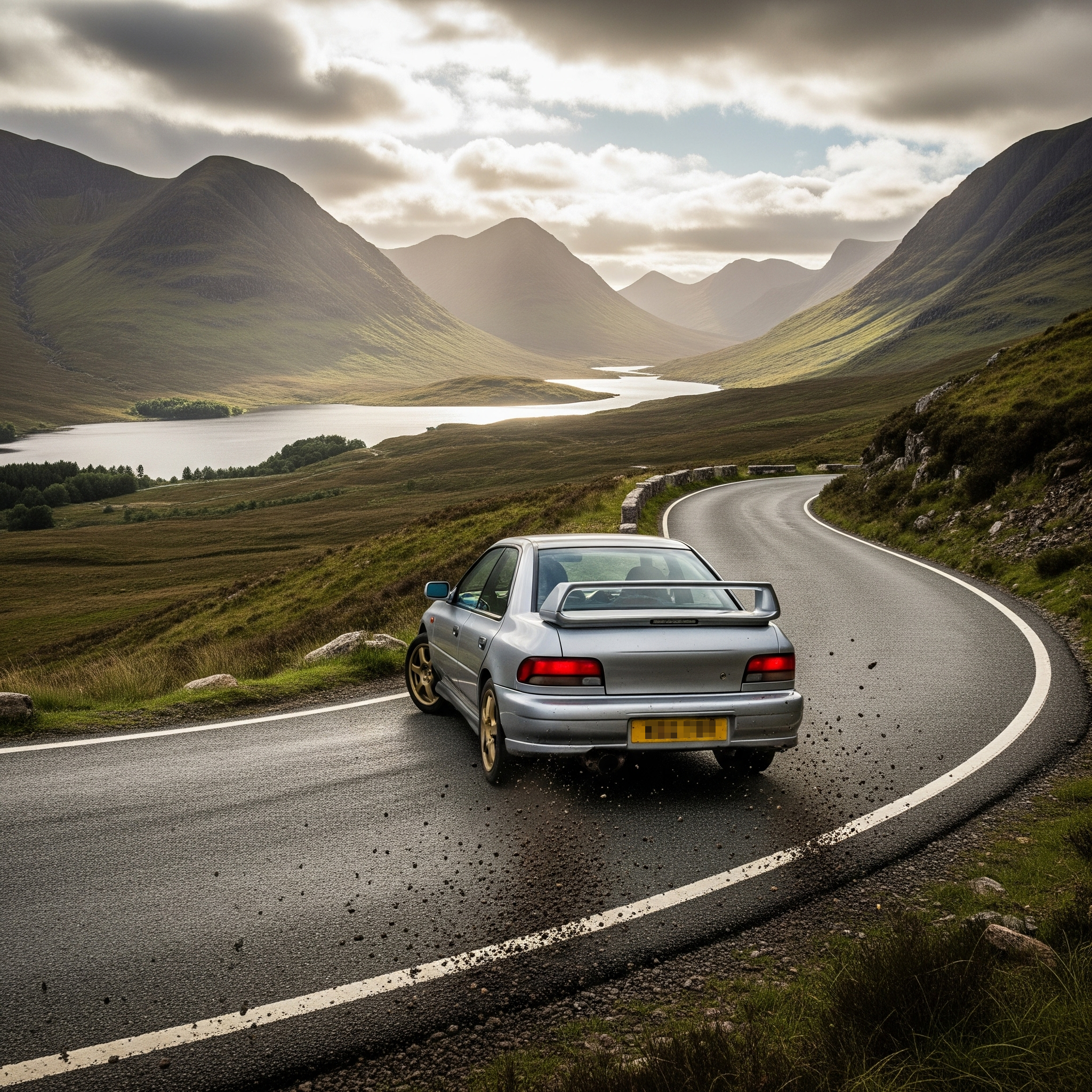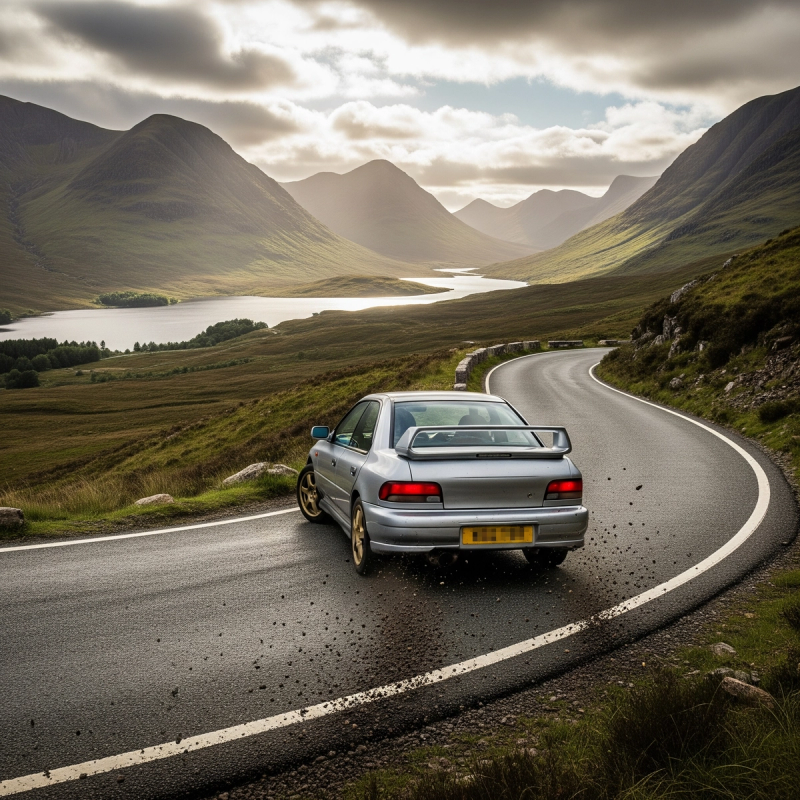What is Oversteer?
Oversteer is when the rear of a car loses grip and slides outward, causing the car to turn more sharply than intended
Oversteer is a term used to describe a situation where a car turns more sharply than the driver intended because the rear wheels have lost traction and are sliding sideways.
Essentially, the rear of the car is trying to overtake the front. This is often referred to as the back end "stepping out" or "fishtailing."
What Happens During Oversteer?
- Loss of Rear Grip: The core of oversteer is the loss of traction at the rear tires before the front tyres.
- Rotation: The car rotates more into the corner (yaw) than the driver is commanding with the steering wheel.
- Feeling: To the driver, it feels like the car is spinning out. The back end becomes light and unstable.
Common Causes of Oversteer:
- Excessive Power (especially in Rear-Wheel Drive cars): Applying too much throttle, particularly in a rear-wheel-drive car while cornering, can cause the driven rear wheels to spin and lose traction. This is often called "power oversteer."
- Lifting Off the Throttle Mid-Corner (Lift-Off Oversteer): Suddenly closing the throttle while cornering can cause weight to transfer forward, reducing the load (and therefore grip) on the rear tires. This can happen in front-wheel, rear-wheel, or all-wheel-drive cars.
- Heavy Braking While Turning (Trail Braking Excessively): Similar to lift-off oversteer, braking too hard while turning shifts weight to the front, unweighting the rear tires and potentially causing them to slide.
- Incorrect Tyre Pressures or Worn Rear Tires: Underinflated or excessively worn rear tyres will have less grip. Having better tires on the front than the rear can also contribute.
- Vehicle Setup:
- Weight Distribution: Cars with a significant rear weight bias (like some mid-engine or rear-engine sports cars) can be more prone to oversteer.
- Suspension Settings: Softer front suspension or stiffer rear suspension (e.g., anti-roll bars) can make a car more likely to oversteer.
- Slick Road Conditions: Rain, ice, snow, gravel, or oil on the road surface reduce available traction, making oversteer more likely with less aggressive inputs.
- Sudden Steering Inputs: Aggressive or jerky steering can upset the car's balance and induce a slide.
How to Correct Oversteer:
Correcting oversteer requires quick and smooth reactions and is mastered through practice as it needs to become an instinctive reaction.
Counter-Steer (Steer into the Skid): If the rear of the car is sliding to the right, you need to steer to the right. If it's sliding to the left, steer to the left. The amount of counter-steer should match the angle of the slide. Look where you want the car to go, and your hands will often follow.
Modulate the Throttle: If caused by too much power: Smoothly and gently ease off the throttle. Do not snap it shut, as this can worsen the situation by causing sudden weight transfer (lift-off oversteer). In some cases, dipping the clutch in a manual car can help by removing drive to the rear wheels.
If caused by lift-off or braking: Smoothly and gently apply a small amount of throttle. This helps transfer some weight back to the rear tires, aiding them in regaining grip. This is often counter-intuitive but crucial.

Avoid Braking Hard: Slamming on the brakes is usually a bad idea as it can further destabilise the car or lock the wheels, reducing your ability to steer.
Be Prepared for the "Tank Slapper" or Secondary Slide: As the car straightens, you'll need to quickly reduce the counter-steer. Over-correcting can cause the car to snap back in the opposite direction. Smoothness is key.
Look and Steer Where You Want to Go: Your peripheral vision will help you sense the car's rotation, but your focus should be on the intended path of travel.
« Back to Knowledgebase

